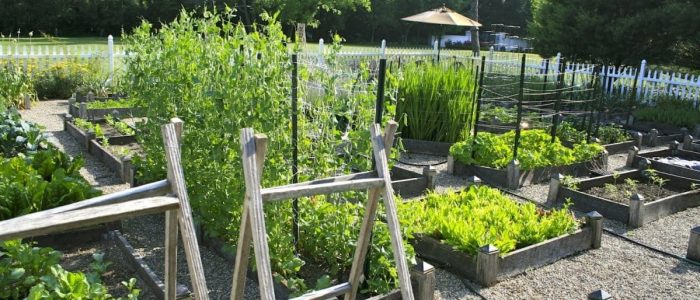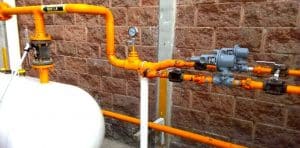Thinking of planting a garden but don't know where to start? Would you like to have a space where your own fruits and vegetables grow but you want to avoid mistakes that you will regret? What is the most important for your garden to be a total and resounding success?
A garden is the best solution to save money and have the possibility of healthy eating that exists.
You can plant a wide variety of fruits and vegetables, while having a good time while watching it grow, and then enjoy every bite of a natural product and 100 organic %.
The big question comes when we become so interested in gardens to the point of wanting to have our own. I won't lie to you: there are several things you need to consider before you start.
Below you will discover, step by step, what are the keys to enjoying a fully fruitful garden for a long time.
Decide what to plant in your garden
The limits of the garden are marked by several factors, such as its location, the species that already inhabit it, or the quality of the land.
Based on this, we deduce a list of which are the fruits and vegetables that are most compatible with your circumstances.
These are just some of the fruits and vegetables that you can plant in your garden:
- Tomato
- Peppers
- Aubergines
- Onion
- Garlic
- Lettuce
- Melon
- Potato
- Watermelon
- Cauliflower
- Carrot
Choosing the place for your garden
It is worth reflecting a little on the perfect location to plant your garden, since once installed, problems can appear later that make everything difficult.
When choosing the ideal space for your garden, always keep the following in mind:
Biodiversity
Sometimes, the surface on which you want to plant your garden can offer certain peculiarities in a natural way that may be worth preserving. Many people think of starting their garden in a wild area, which may already be constituting a valid ecosystem for many species.
If you are thinking of using a land where diversity of beings are already present, perhaps you should look for another more appropriate site.
Natural meadows and places without the presence of human intervention are increasingly difficult to find, and it is only here that we can find plants and animals that otherwise could never survive.
Appearance
The south or southwest orientation is usually the best to plant our garden.
Why?
Well, because this way we make sure that the plantation receives most of the daylight throughout the year.
Depending on this and other factors (such as shade or slope), the fruit you should choose will also depend, since some types are more resistant to weather conditions than others.
Exposition
When planting a garden we must bear in mind that many fruit tree flowers are extremely delicate when faced with wind blows.
Another of the exposures that you should be aware of is frost. Frosts are often delayed and can completely wipe out a year's work.
Sewer system
It is very important that the land you choose to install your garden has good drainage conditions.
Generally, slopes can be very helpful in avoiding water stagnations, but if you want to make sure that the terrain you have chosen drains water easily, just do the following:
Dig a small hole in the ground about 12 inches deep. Look at that hole after 7 days and see if there is an accumulation of water.
In case the site does not drain properly, the most effective solution is to find another site for your garden.
Limits
This is a very important point that many people overlook, but think about it: your plants need a lot of light to grow fully, so if there are trees nearby or buildings around, your garden may not receive all the light they need.
In addition, spaces that are too cool and humid facilitate the appearance of diseases - especially fungal diseases - that can put the sustainability of your work at risk.
Infographic to make a vegetable garden
Using this infographic to make a garden you can solve at a glance all the doubts and questions that may arise as a beginner when planting a garden.

How to choose the best time to plant a garden
It is not always a good time to plant anything, so you must know in advance what fruits or vegetables you are going to plant and when you plan to do it.
In this list you will find the favorable months for the cultivation of some species.
- Garlic: November, December and January
- Eggplant: January, February, March, April and May
- Onion: September, October, January, February, March, April and May
- Green peas: September, October, November, December, January, February, March, April and May
- Broad beans: October, November, December, January and February
- Lentils: September, January and February
- Carrots: October, November, December, January, February, March, April, May and June
- Jewish: September, October, November, December, February, March, April, May, June and July
- Melon: February, April, May, June
- Peppers: February, March, April and May
- Corn: March, April and May
- Tomato: March, April, May and June
- Watermelon: April, May and June
- Cauliflower: May, June, July and August
- Strawberries: May, June, July and August
What you should know before planting your garden
When it comes to planting vegetables in your own garden, there are some considerations that you should know before choosing which ones you will plant.
Not all combinations are equally good, so it is important to know which are the recommended vegetable associations and which ones you should avoid the best.
For example, if you are going to plant onions, you can do it with carrots, cucumbers, lettuce, strawberries, beets and melons, but never with cauliflowers or beans.


